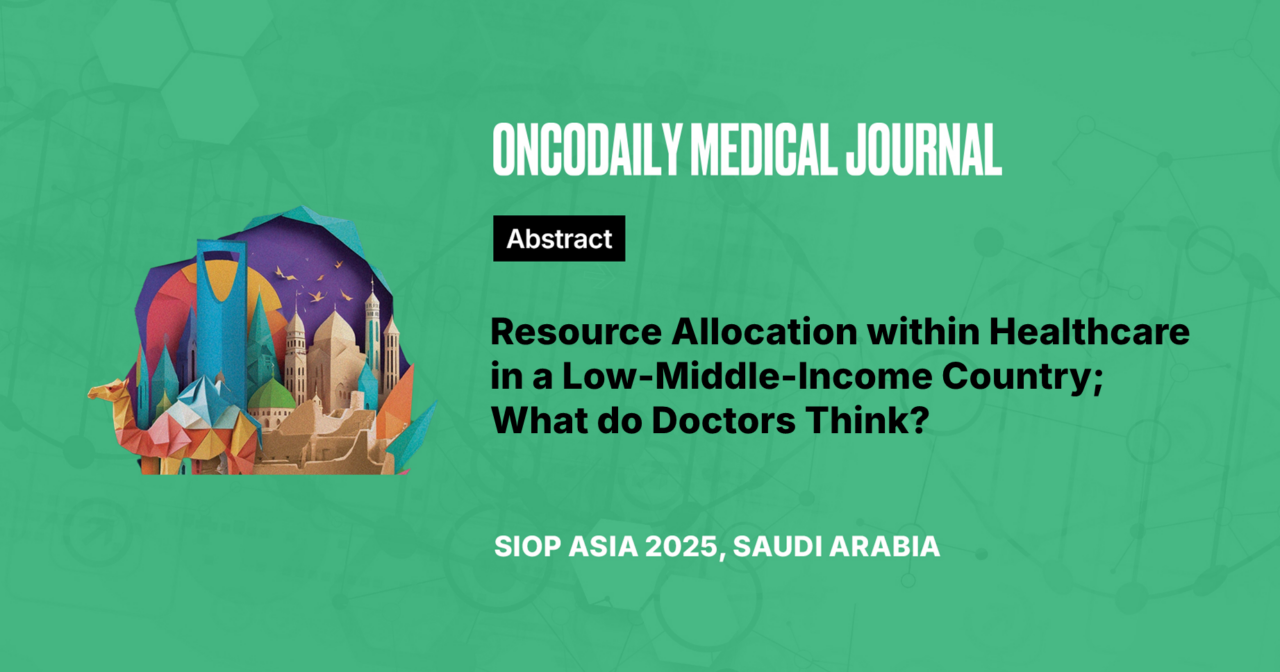Resource Allocation within Healthcare in a Low-Middle-Income Country; What do Doctors Think?
Abstract
Introduction: Resource allocation poses significant challenges in Low- and Middle-Income Countries (LMICs) like Pakistan, where constrained healthcare budgets, rapid population growth, economic instability and urban-rural disparities impede equitable healthcare distribution, affecting patient outcomes and progress toward Universal Health Coverage (UHC).
Objective is to explore physicians’ perceptions regarding resource allocation within Pakistani healthcare settings.
Methodology: This descriptive cross-sectional study was conducted from January to June 2024 to analyze physician’s perspectives on resource allocation within public healthcare settings in Pakistan. A total of 404 licensed physicians were recruited using non-probability convenience and snowball sampling methods.
Data were collected through an online structured questionnaire, which included socio-demographics, physician’s perceptions on resource allocation, and recommendations. Quantitative data were analyzed using SPSS for descriptive statistics, while thematic analysis provided qualitative insights from open-ended responses.
Results: Among 404 participants, 58.7% were male, and 50.5% were aged 30-50 years. The majority specialized in pediatrics (38.1%) and general medicine (22.3%), with 54.2% having 11-15 years of experience. Resource constraints were reported to negatively impact patient care by 71.1%, with delays in chronic care highlighted by 89.1%.
Physicians prioritized diagnostics (61.9%) and diseases with better prognosis (79.5%), supporting equitable resource allocation policies (95.1%), increased manpower (97%), and infrastructure improvements (95.3%). Key recommendations included resource optimization, policy-level reforms, and developing public-private partnerships.
Conclusion: Physicians perceived resource allocation as crucial to healthcare delivery, emphasizing equitable policies, strategic infrastructure investments, and optimized workforce allocation to address gaps and enhance patient outcomes.





